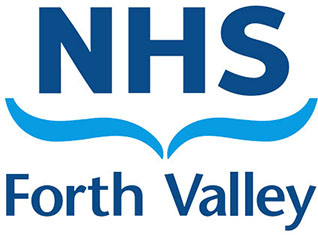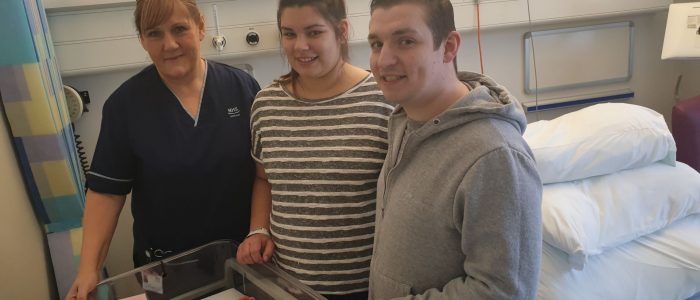Charity donates first machines in Scotland to help detect heart defects
Forth Valley Royal Hospital in Larbert has received an additional 5 new pulse oximetry machines, thanks to the generous support of Tiny Tickers, a charity that aims to give a better start to tiny hearts. These simple monitors, that can help detect serious heart conditions soon after birth, will be used alongside the hospital’s existing monitors to help improve early detection rates of congenital heart disease. NHS Forth Valley has been using pulse oximetry monitors for some time as part of the pre-discharge examinations carried out on all babies born within Forth Valley Royal Hospital.
The five monitors are the first machines donated in Scotland as part of the charity’s Test for Tommy campaign which aims to ensure that all newborns receive the test that could help save their life.
A baby is born with a serious heart condition every two hours in the UK. However, not all congenital heart defects can be detected during routine prenatal scanning and some babies are at risk of falling into the early stage of heart failure if their condition is not diagnosed in time. Tiny Tickers, the national charity that aims to improve early detection, diagnosis and care of babies with heart conditions, wants to change this situation in the UK.
Robbie Duffy, NHS Forth Valley Service Manager and Senior Midwife, said: “We were already aware of Tiny Tickers because of their work and training within the field of heart defects and were delighted to accept their donation of additional oximeters for use within our local Maternity Unit.
“While we have been carrying out oxygen tests on all newborn babies born at Forth Valley Royal Hospital for some time, the extra machines are much appreciated and will provide additional resources which will support the work of our staff.”
Jon Arnold, Chief Executive from Tiny Tickers says: “We are truly delighted that we are able to help in this way and hope that it supports the team to continue to provide the best possible care for babies on the unit.”





